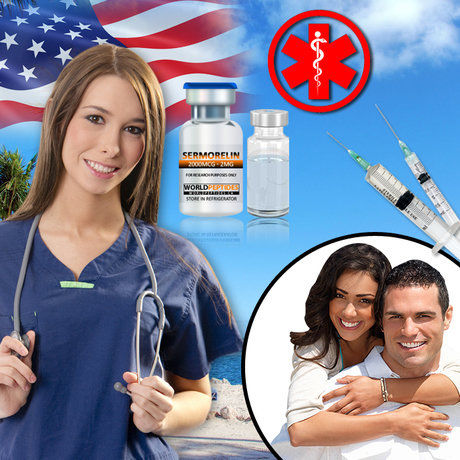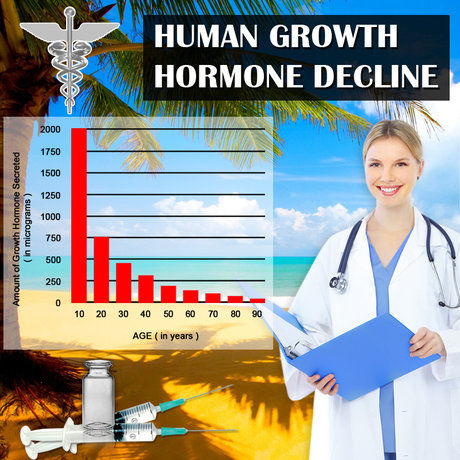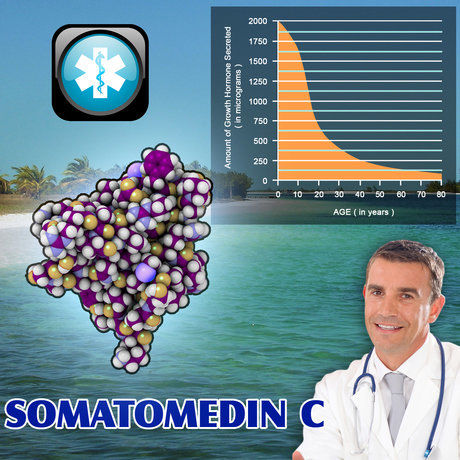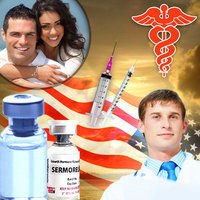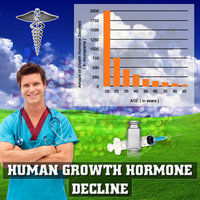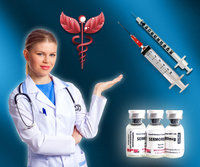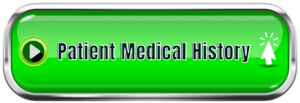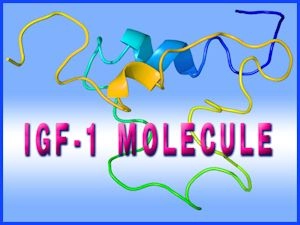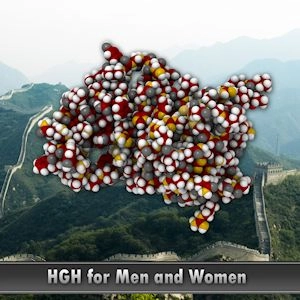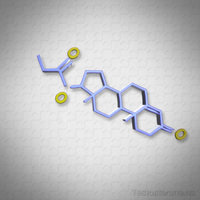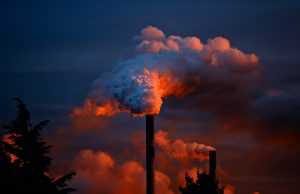 The importance and relationship of a healthy endocrine system and our continued good health cannot be overstated.
The importance and relationship of a healthy endocrine system and our continued good health cannot be overstated.
Unfortunately, many chemicals in our environment today can seriously harm our endocrine, or hormone, systems leading to hormone imbalance and poor health.
Chemicals that do this to our bodies are called endocrine disruptors (EDCs) because they disrupt the natural hormone homeostasis in our bodies. One of the more severe EDCs is dioxins. Ever heard of them before? Let’s see what dioxins are and how they affect human health.
Dioxins Accumulate in Our Food Chain
Dioxins include multiple chemicals that are related to one another and are considered persistent environmental pollutants (POPs) because they accumulate in the environment and are not easily broken down. These harmful chemicals can be found all around the planet and have accumulated in our food, mainly within the fatty tissue of animals.
We are mainly exposed to dioxins through our food (90% of human exposure) by eating meat, dairy, fish, and shellfish. Not only do dioxins affect our hormones, but they also cause reproductive (which can be linked to sex hormones) and developmental problems, immune system issues, and even cancer.
Because dioxins can be found worldwide, all people have some sort of background exposure. It is best to be aware of these chemicals and try to reduce any exposure you may currently have.
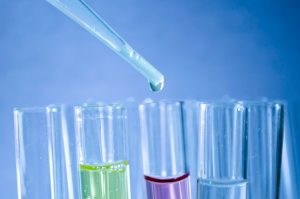 Dioxins Belong to the “Dirty Dozen” List of Dangerous Chemicals
Dioxins Belong to the “Dirty Dozen” List of Dangerous Chemicals
The Dirty dozen is a list of chemicals that are considered persistent organic pollutants. Dioxins are of concern because they have a highly toxic potential due to their ability to affect several organs and systems within the body.
In the body, they can remain intact for a long time due to chemical stability and their ability to be absorbed by fatty tissues, remaining in storage there. The half-life is estimated to be seven to eleven years. As stated previously, dioxins are found in the food chain; the higher an animal is in the chain, the higher the concentration of dioxins in the body. We are considered very high on the food chain!
The chemical name for dioxin is 2,3,7,8-tetrachlorodibenzo para dioxin (TCDD). That’s a mouthful! Let's just keep calling them dioxins, please.
Amazingly, about 419 types of dioxin-related compounds have been identified, but thankfully only 30 of these have been found to have significant toxicity. TCDD is the most toxic.
Sources of Dioxin Contamination
Dioxins are mainly produced as by-products of industrial processes. However, they can also be produced naturally via forest fires and volcanic eruptions. The endocrine disruptor is an unwanted by-product and is considered waste by several industries, including smelting, manufacture of herbicides and pesticides, and chlorine bleaching of paper pulp. These industries should be removing and containing their waste responsibly, but sometimes this is not always the case; it was not the norm years ago.
Dioxins are mainly released into the environment by uncontrolled waste incinerators, such as solid waste and hospital waste. These are the worst because of “incomplete burning.” Thankfully, we have developed technology that can help lower dioxin emissions during waste incineration.
The highest levels of dioxins are found in some soils, sediments, and food, especially meat, dairy, fish, and shellfish. Low levels can be found in plants, water, and air.
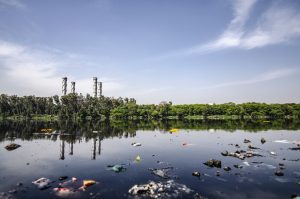 Incidents of Dioxin Contamination
Incidents of Dioxin Contamination
You may think that dioxins will never affect you or are only found around industrial waste sites and/or found in low-grade meat and dairy. Unfortunately, this is not the case.
In Ireland, a consequential recall of pork meat and pork products took place when 200x the allowable limit of dioxins were detected in samples. The issue was from contaminated feed.
In Belgium, high levels of dioxins were found in poultry and eggs. The animal feed was contaminated with illegally disposed of PCB-based waste industrial oil. Just because we have laws in place for these industries to dispose of their waste responsibly and without harming the environment doesn’t mean that they always do this. This is why being on top of things like this is imperative.
Most contamination cases have been reported in industrialized countries because these countries have developed food contamination monitoring, regulatory controls, and greater awareness of the hazard. The hazard is enormous because it affects so many different areas of the human body. Let's look at what dioxins can actually do to you if exposed.
The Health Effects of Dioxin Exposure
Damaged liver function – chloracne (chemically-induced lesions on your skin, resembling a blistering, severe case of acne) – patchy darkening of the skin – an impaired immune system – nervous system damage – to say nothing of disrupted endocrine function and hormone production – are some of the effects of dioxin on human health.
According to WHO, the World Health Organization, long-term exposure to dioxin can result in several different types of cancer. TCDD has been classified by the International Agency for Research on Cancer (IARC) as a “known human carcinogen” (that is, a substance that causes cancer in people). However, there is a threshold below which the risk is negligible.
It’s important to note that dioxins are nearly ubiquitous in modern societies. Hence, all people, even without any future exposure, already have an incontestable background presence of dioxin in their bodies.
This level is called the “body burden,” so even though this background level is not a severe threat for most of us, it must be considered when studying threshold effects since one’s current body burden and subsequent intake of dioxins are additives.
Due to the highly toxic properties of these compounds, scientists are currently studying ways in which background exposure can be reduced to benefit the health of future generations.
The human group most sensitive to dioxin exposure is developing babies in the womb, followed closely by newborns. Children and adults who consume significant quantities of seafood, and workers in the pulp and paper industries, incineration plant workers, and workers at hazardous waste sites are all at risk for increased dioxin exposure.
Some of the ways that dioxin exposure can be limited or eliminated include:
• Proper incineration of contaminated substances, such as PCB-laced waste oil from old stock transformers and other electrical and electronic components manufactured before dioxin risks were widely known: This procedure is quite different from conventional incineration practices. High temperatures – over 850 degrees C, preferably over 1000 degrees – must be used.
• Industrial processes should be altered – and there is some resistance to this, as it often requires retooling and/or higher costs – to minimize the production of dioxins. In most cases, this will require a governmental/legislative (and perhaps even international, cross-border) approach, as few private companies would be willing to be the first to incur these costs unless their competitors were also required to do so.
 • More than 90% of human exposure to dioxins is in animal-based foods, which get contaminated through their feed or during rendering and processing; hence close monitoring and, when necessary, changes in production practices can potentially reduce exposure. Animal feed – the processed food fed to most animals who are ultimately slated for slaughter – is also known to be contaminated quite often. Reducing the consumption of such foods would also reduce human exposure. This is especially important for pregnant women, women who may become pregnant, or who are breastfeeding.
• More than 90% of human exposure to dioxins is in animal-based foods, which get contaminated through their feed or during rendering and processing; hence close monitoring and, when necessary, changes in production practices can potentially reduce exposure. Animal feed – the processed food fed to most animals who are ultimately slated for slaughter – is also known to be contaminated quite often. Reducing the consumption of such foods would also reduce human exposure. This is especially important for pregnant women, women who may become pregnant, or who are breastfeeding.
• For those who continue to consume animal products, trimming the fat from meat and consuming low- or no-fat dairy products can help since more dioxins are found in the fat than in the other parts.
The screening process for dioxins is sophisticated and expensive – running as much as $1,000 US for a single biological sample. Methods are currently being developed to reduce that cost. Until then, scientists, regulators, industry leaders, and consumers all have a role to play in reducing dioxin risks.
Contact Us For A Fast And Professional Response

- Hormone Hacks for Optimizing Wellness And Reducing Hunger Cravings [Last Updated On: April 7th, 2025] [Originally Added On: July 26th, 2020]
- Sermorelin Acetate Injections: A Quality Alternative to Human Growth Hormone Injections? [Last Updated On: April 18th, 2025] [Originally Added On: December 24th, 2020]
- Hormone Imbalance Could be Ruining Your Chances to Conceive [Last Updated On: January 17th, 2025] [Originally Added On: August 3rd, 2021]
- Healthy Sex Hormone Levels Protect the Rotator Cuff [Last Updated On: August 19th, 2025] [Originally Added On: September 8th, 2022]
